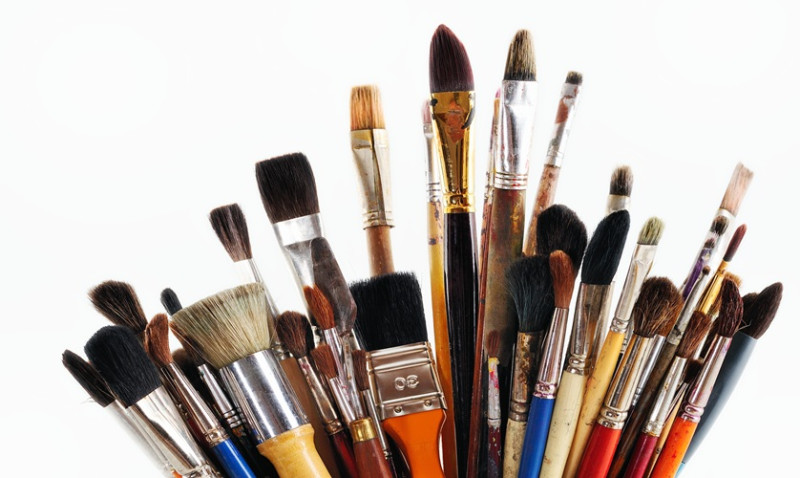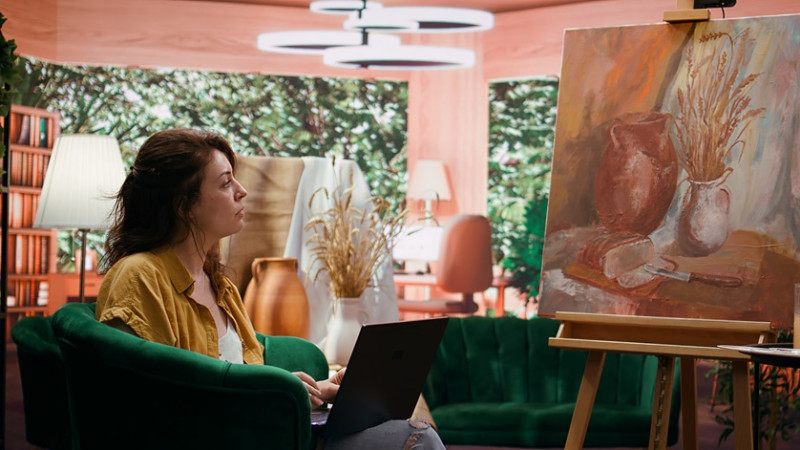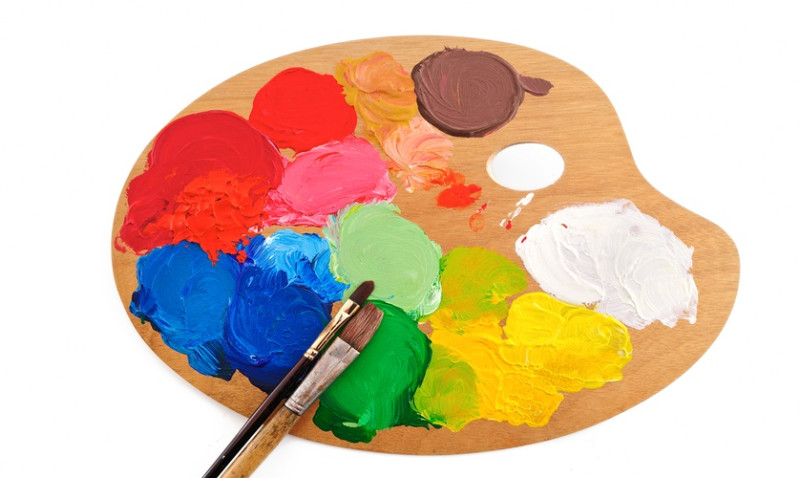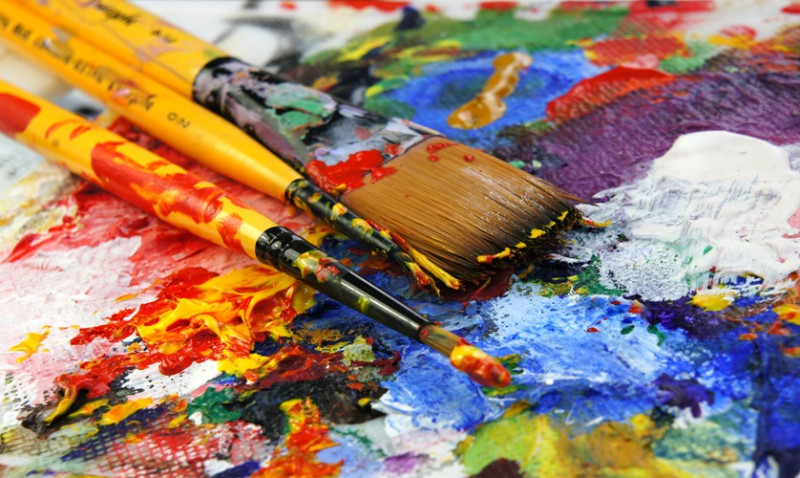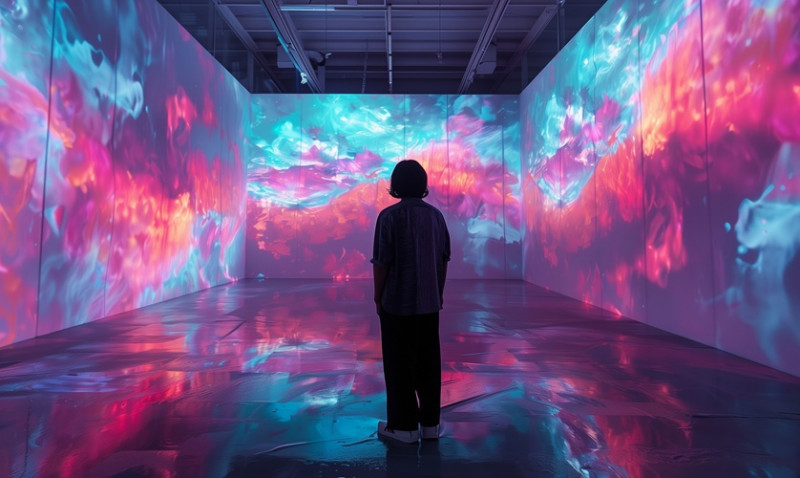
If you’re an artist dreaming of turning your passion into a sustainable business, you’re not alone. I started my art business with just a few digital art prints online — now I operate a thriving physical store in the heart of the UK. In this blog post, I’ll walk you through my journey from an online-only venture to a brick-and-mortar shop, including insights on making art prints, supply costs, and what you need to get started. Whether you're a DIY home décor fan, a design-savvy professional, or an architect seeking unique wall art, this guide offers practical advice designed with you in mind.
Starting with Online Art Prints
My business began with a single idea: to create high-quality digital art prints that customers could hang in their homes or workspaces. I set up a small storefront on Etsy and marketed my designs through Instagram and Pinterest. Initially, I offered only downloadable prints, keeping inventory low and overhead costs manageable.
I focused on themes that resonated with my audience — minimalist line art, abstract landscapes, and architectural-inspired designs. These styles attracted young homeowners, interior designers, and even professional decorators looking for fresh, modern prints.
I also made sure that my products were not just visually appealing but easy to frame. All my digital files were offered in standard UK sizes like A4, A3, and A2 so they’d fit readily available frames from local stores like IKEA or Dunelm.
As demand grew, I transitioned from digital downloads to offering physical prints. This move was driven primarily by customer requests and a desire to ensure print quality consistency.
Creating Stunning Art Prints: Tools & Processes
Making high-quality prints takes more than just uploading a design and hitting "print." I invested time and research into creating long-lasting, gallery-worthy pieces — you’d be surprised how much the right paper and ink can elevate an artwork.
First, I selected a reliable professional printer. My pick was an Epson SureColor P800, known for its museum-grade colour accuracy and fine art compatibility. I paired it with archival pigment inks, which are waterproof, fade-resistant and perfect for long-term display.
Paper selection was equally important. I use heavyweight fine art paper — typically 310gsm cotton rag — with a matte texture that gives a luxurious finish. For certain prints, especially architectural sketches or black-and-white compositions, I'll switch to textured papers like Hahnemühle German Etching for detail depth.
File preparation is also a crucial step. Each artwork is scanned at high resolution (at least 600 DPI), colour-corrected using Adobe Photoshop or Lightroom, and saved in TIFF or high-res PDF for best quality. This ensures sharp prints with true-to-design colours.
Cost Breakdown: What It Takes to Produce Art Prints
Running an art print business involves managing multiple expenses. Below is a breakdown of typical costs associated with making and selling one A3-sized art print.
| Item | Cost per Unit (£) |
|---|---|
| Fine Art Paper (A3 sheet) | 1.20 |
| Pigment Ink (estimated per print) | 0.80 |
| Print Packaging (cellophane sleeve + backing) | 0.60 |
| Outer Postal Packaging | 1.50 |
| Shipping (UK standard recorded) | 3.10 |
| Total Cost | 7.20 |
This doesn't even account for design time, marketing, printing errors, or shop fees — those add up quickly. Always build in a healthy profit margin to keep your business sustainable.
Essential Supplies and Tools You Need
If you’re considering starting your own art printing business, here are some essentials you’ll need to deliver a professional, consistent product:
- High-Resolution Scanner: Used to digitise traditional artworks or sketches for editing and printing.
- Professional Printer: High-quality inkjet printers (like Epson or Canon Pro series) are ideal for fine art work.
- Archival Inks: Pigment-based inks last longer and have superior colour stability compared to dye inks.
- Fine Art Paper: Choose papers based on texture, weight, and finish for different types of designs.
- Trimmer or Cutting Board: For accurately cutting prints and packaging materials.
- Packaging Supplies: Acid-free sleeves, backing boards, tube mailers or flat rigid envelopes for safe shipping.
- Label Printer: To streamline your shipping process and look professional on delivery.
Buying in bulk not only brings your per-unit cost down but also ensures you’re never caught without supplies during busy periods like holidays or trade shows.
From Online to Physical: Opening My First Shop
Moving from online sales to a physical store was both an emotional and financial leap. My motivation? Customers wanted to “see and feel” the prints before buying — especially on textured fine art paper.
I started small, renting a pop-up stall at a monthly artisan market in Bristol. It helped me test demand and gather real-time feedback. I also grew relationships with local homeware shops that began featuring my prints in their displays.
With growing brand awareness and monthly profits stabilised, I eventually signed a lease on a tiny store in a design-forward neighbourhood. Foot traffic increased dramatically each month, and I began offering additional services — frame matching, interior design consultations, and limited-edition prints exclusive to in-store buyers.
One major benefit of going physical? Community connections. Architects, interior designers, and tradespeople often visit and commission custom prints for ongoing projects. It’s an opportunity that would have been harder to find online alone.
Marketing Strategy That Works (Both Online and Offline)
Even with a brick-and-mortar location, online visibility remains crucial. I maintain a fully optimised website, updated weekly with new releases and blog content — much like what you’re reading now. SEO-focused blog posts target search terms like “UK art prints for architects” or “wall prints for home redesign,” bringing high-converting traffic to my store.
I also manage social channels to showcase behind-the-scenes footage, packaging techniques, and installation ideas in real homes and offices. My Instagram Stories highlight customer testimonials and product unboxings, offering social proof to hesitant buyers.
In-store, I use QR codes linked to my website, allowing customers to browse related collections digitally or order larger sizes to be shipped later. Loyalty cards, seasonal workshops, and open studio days keep customers engaged and returning.
Final Thoughts: Building an Art Business is a Journey
Transitioning from an online art printer to a physical store wasn’t just a business move — it was a creative step that reshaped how I connect with my audience. Today, my customers appreciate the tactile nature of my work, the storytelling behind each piece, and the craftsmanship in every print.
If you’re on this journey yourself, start with clarity: what’s your artistic style, who does it appeal to, and how can you serve them better? Test your products digitally, document your process for marketing, and consider scaling carefully with pop-ups or local markets before committing to a long-term lease.
Whether you're a DIY-style homeowner, a professional trade expert decorating for a client, or a design-minded renter looking to personalise your space — there’s something powerful about owning art made with intention. And better yet, about building a business around it.
